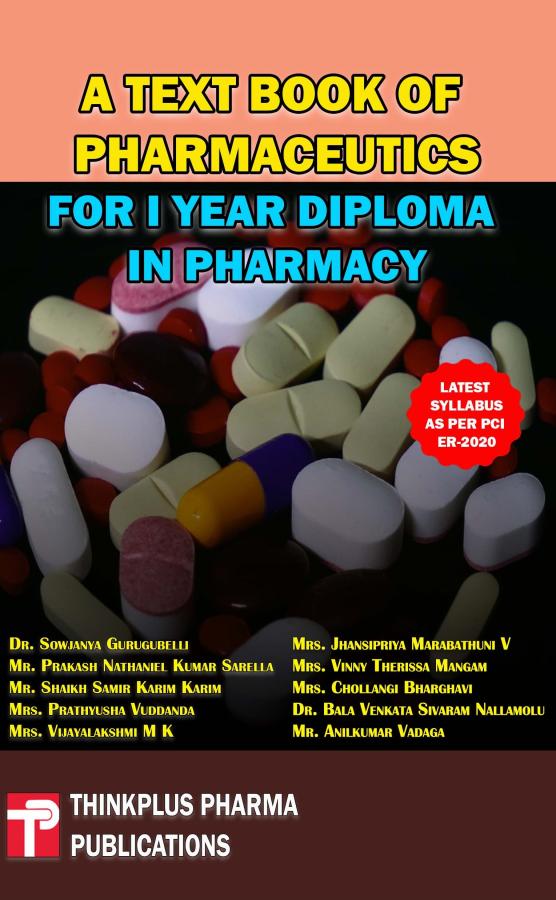Chapter 3: Packaging materials
Synopsis
Author:
Dr. Pavan Kumar Yanamadala
Associate Professor, Department of Pharmacy Practice, Aditya Pharmacy College (A), Surampalem, Andhra Pradesh, India
Abstract: Packaging materials are crucial components in pharmaceutical products, serving multiple functions beyond mere containment. They protect drugs from environmental factors such as light, moisture, and oxygen, thereby preserving their stability and efficacy. Various materials are employed in pharmaceutical packaging, including glass, plastics, metals, and flexible laminates, each with specific properties suited to different drug formulations and dosage forms. Primary packaging, which comes into direct contact with the drug, requires careful selection to ensure compatibility and stability. Secondary and tertiary packaging provide additional protection and facilitate handling and distribution. The choice of packaging material considers factors such as moisture permeability, light transmission, gas barrier properties, and chemical inertness. Child-resistant and tamper-evident features are incorporated to enhance safety and prevent misuse. Environmental concerns have led to increased focus on sustainable packaging solutions, including recyclable and biodegradable materials. Innovative packaging technologies, such as active packaging and smart packaging, are emerging to improve drug stability and patient compliance. Regulatory requirements govern aspects of pharmaceutical packaging, including material selection, labeling, and testing standards, ensuring the safety and quality of packaged drug products throughout their shelf life
Keywords: Container closure system, Drug stability, Material compatibility, Barrier properties, Sustainability, Regulatory compliance


 .
. 